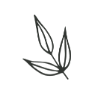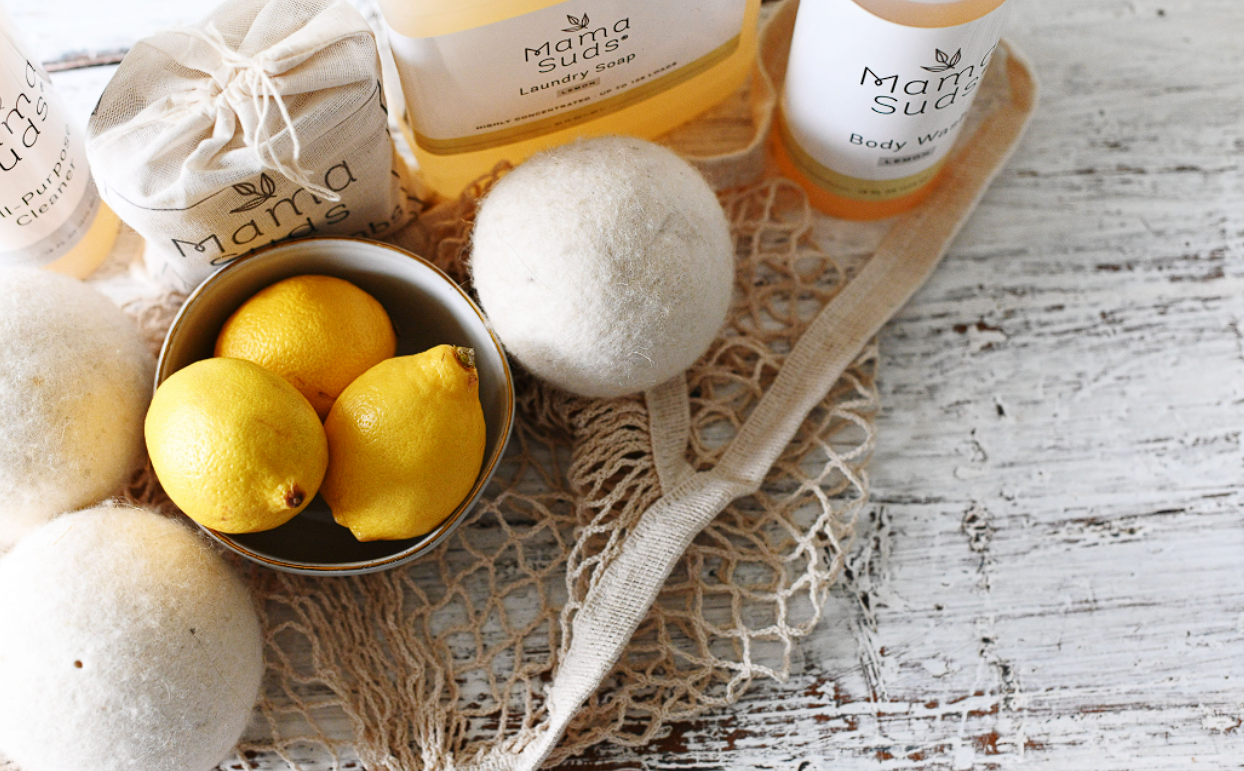
The CleanSuds Blog
Where education and truthful facts are easy to come by.
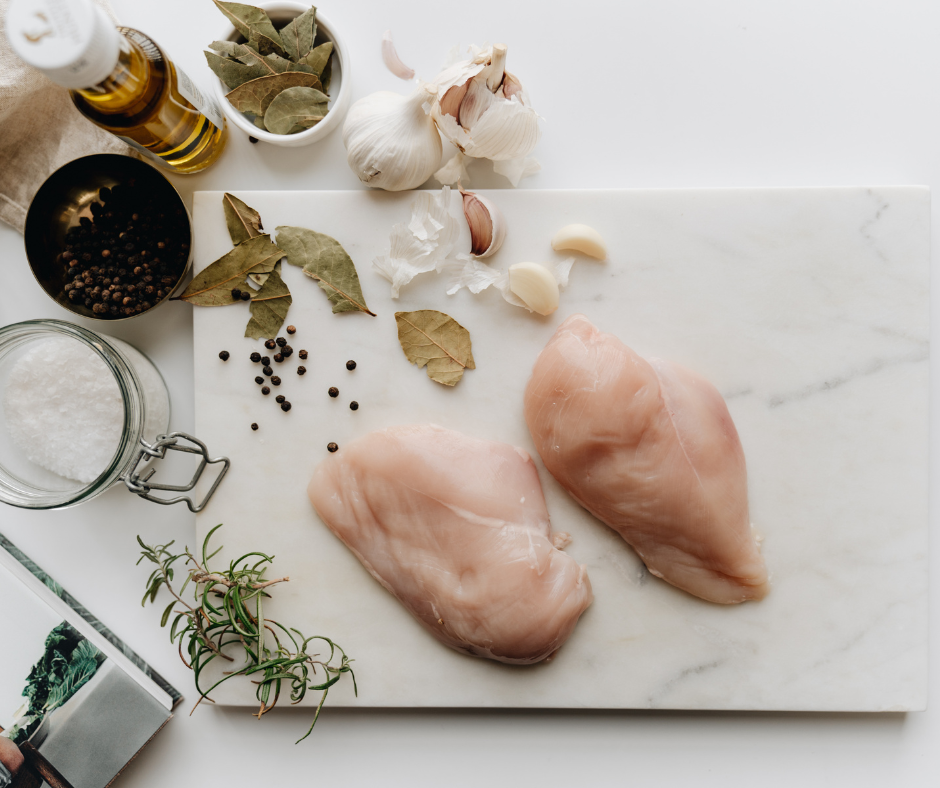
How to Disinfect a Cutting Board Without Using Bleach
Introduction: Why Ditch the Bleach?
For many of us, cutting boards are an essential kitchen tool, used to prepare everything from fresh veggies to raw meat. But keeping them sanitized and safe for food prep can be a challenge, especially if you're trying to avoid harsh chemicals like bleach. Traditional disinfectants may get the job done, but they often leave behind toxic residues that are harmful to your health, the environment, and your food. Fortunately, you don’t need bleach to keep your cutting board clean—eco-conscious, non-toxic solutions can deliver the same results without the harsh side effects.
In this post, we’ll walk you through how to effectively disinfect a cutting board with sustainable, eco-friendly solutions. Whether it’s wood, plastic, or bamboo, we’ve got practical, easy-to-follow steps to help you clean your board without compromising safety or the planet.
The Risks of Using Bleach in Your Kitchen
Though bleach is known for its disinfecting power, it’s not without its risks. According to the Environmental Working Group (EWG), bleach releases toxic fumes that can irritate the skin, eyes, and respiratory system. More concerningly, residual bleach on kitchen surfaces can linger and potentially contaminate food, posing health risks to your family.
If you're striving to reduce toxins in your home, there's good news—there are non-toxic, sustainable alternatives that offer powerful cleaning without sacrificing your health or the environment. And you likely already have some of them in your home!
Tools and Ingredients for Non-Toxic Cutting Board Cleaning
- MamaSuds All-Purpose Cleaner – a non-toxic, plant-based formula that effectively breaks down grease, grime, and surface bacteria.
- MamaSuds Extra Strength Oxygen Powder – a natural stain remover and deodorizer that tackles tough bacteria.
- White vinegar or hydrogen peroxide – excellent natural disinfectants.
- Lemon – a natural antibacterial agent with a fresh scent.
- Baking soda – gentle on surfaces and effective at removing stains.
- A scrub brush or sponge.
Step-by-Step Guide: How to Clean and Disinfect Cutting Boards
Step 1: Rinse Off Residue Immediately After Use
Begin by rinsing the cutting board with hot water right after use. This prevents bacteria from settling into the board, especially after cutting raw meat or seafood. A quick rinse makes the following steps more effective.
Step 2: Scrub with MamaSuds All-Purpose Cleaner
Spray MamaSuds All-Purpose Cleaner generously over the surface of the cutting board. This non-toxic formula cuts through grease and food residue without leaving harmful chemicals behind. Use a scrub brush or sponge to thoroughly clean both sides of the board.
Pro tip: Use a different cutting board for meat and veggies to avoid cross-contamination.
Step 3: Deodorize and Sanitize with MamaSuds Extra Strength Oxygen Powder
Mix a tablespoon of MamaSuds Extra Strength Oxygen Powder with warm water to create a powerful cleaning paste. Apply it to any stained or smelly areas of the cutting board. Let the paste sit for 10-15 minutes to allow the oxygenated formula to lift stains and neutralize odors naturally.
Step 4: Disinfect with Vinegar or Hydrogen Peroxide
Vinegar and hydrogen peroxide are both effective natural disinfectants. Spray your cutting board with one of these options and let it air-dry. If you prefer to skip vinegar's strong scent, hydrogen peroxide offers the same antibacterial benefits without the lingering odor.
Important: Avoid letting vinegar or hydrogen peroxide sit on wooden boards for too long, as it can degrade the wood over time.
Step 5: Use Lemon for a Fresh Finish
For an extra antibacterial boost (and a fresh scent), rub half a lemon over the surface of the board. This simple step adds another layer of cleaning and leaves your board smelling citrusy-fresh. Lemon juice also helps remove lingering stains.
Step 6: Let the Board Dry Completely
Always allow your cutting board to air-dry thoroughly. Bacteria thrive in moist environments, so propping the board upright to ensure both sides dry is essential. For wooden boards, consider applying a light coat of food-grade oil to prevent cracks and keep the wood hydrated.
The Importance of Eco-Friendly Cleaning Practices
Cleaning without harsh chemicals isn’t just better for your health—it’s better for the environment, too. According to the American Lung Association, many conventional cleaning products, including bleach, release harmful volatile organic compounds (VOCs) that contribute to indoor air pollution. Choosing non-toxic alternatives like MamaSuds ensures your home stays safe while minimizing your carbon footprint.
Additionally, every small eco-friendly swap adds up. By opting for plant-based products, like MamaSuds All-Purpose Cleaner, you’re making a sustainable choice that supports a healthier planet—and teaching your kids the importance of conscious consumption.
Why Choose MamaSuds for a Cleaner, Greener Home?
When it comes to green home solutions, MamaSuds products are designed to meet the highest standards. They are free from sulfates, phthalates, and other harmful chemicals, ensuring your family stays safe. Whether it’s cutting boards, countertops, or laundry, MamaSuds makes it easy to maintain a toxin-free home.
Clean Smarter, Not Harder
Ready to ditch the bleach and embrace non-toxic cleaning? Shop MamaSuds All-Purpose Cleaner and Extra Strength Oxygen Powder today and discover the power of sustainable cleaning solutions. Use these products not only on your cutting boards but also throughout your home to maintain a clean, healthy, and eco-friendly space.
Take the first step toward a safer home with MamaSuds—because what you use to clean matters.
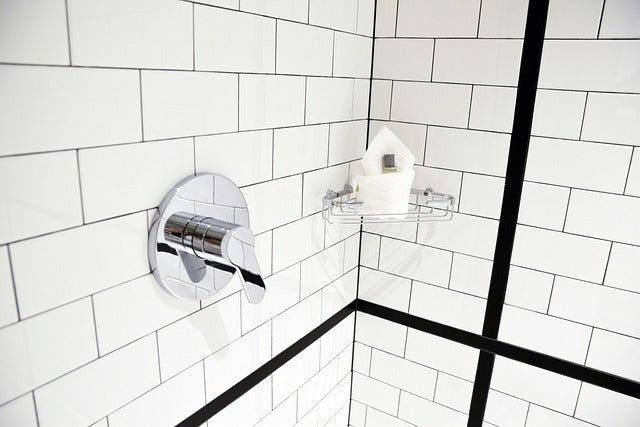
Cleaning with Hydrogen Peroxide
• It is composed of water and oxygen which makes it safe to use in the home.
• MamaSuds produces Extra Strength Oxygen Powder for cleaning with hydrogen peroxide.
• Hydrogen peroxide can be used to clean wounds, grout, toilets, carpets, and more.
• Additionally, it can be used as a mopping solution and laundry soaking aid.
• Check out MamaSuds range of natural household cleaning products for more information on eco-friendly cleaning.
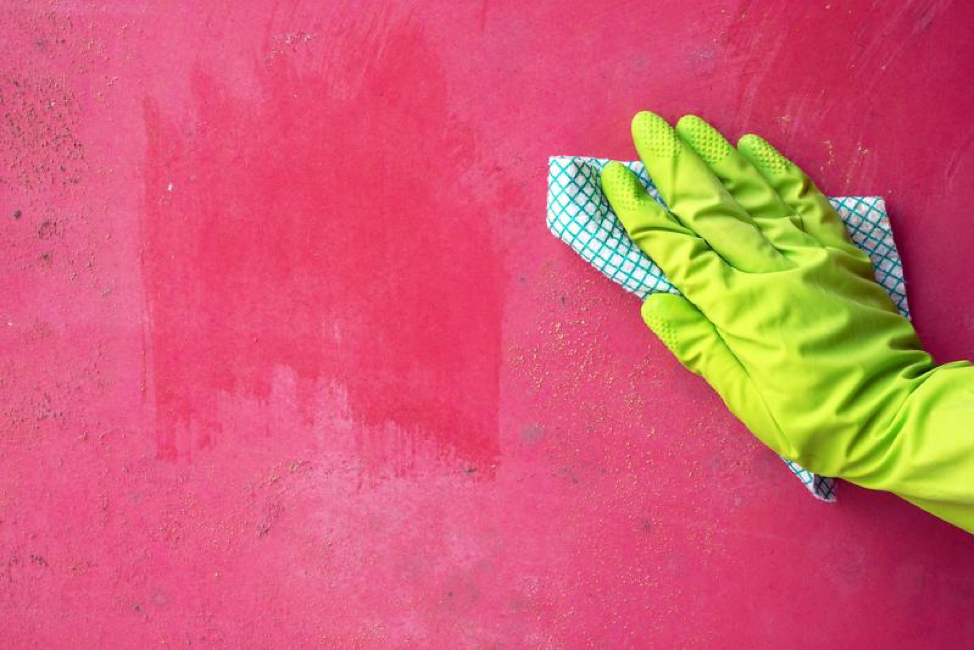
4 Toxin-Free Ways to Clean Up Mold
Within most humid and warm environments, there is the by-product called mold. Whether you live near a forest, by the ocean, or any other moist place, mold will thrive. It can work on decaying certain organic materials and recycle them back into the Earth. Molds can also be used to make enzymes to make certain foods. Molds have the ability to develop penicillin and other antibiotics. However, the last place you want mold would be in your house. How do you remove your home’s mold without introducing other harmful toxins? Here are four ways to do it.
Early Detection
Detecting mold in your home as early as possible is the best strategy, simply because the spores can become airborne and cause the mold to easily spread. Cleaning it off of walls within a few hours of the first appearance of mold is ideal.
Use Vinegar
The best way to utilize vinegar as a mold-fighting agent is to spray it undiluted on the offending area. After leaving the vinegar on the mold for a few hours, you can wipe off the mold. White vinegar is particularly adept at killing mold spores, with some studies reporting a track record of eliminating 82% of them.
Hydrogen Peroxide
If you’re turned off by the smell of vinegar, in many cases, you can utilize hydrogen peroxide to get mold residue off your surfaces. Just spray a 3% hydrogen peroxide solution on the mold and wait for ten minutes. After you scrub it clean, you can remove any residue with a damp cloth to treat any residue. Many individuals have found hydrogen peroxide and vinegar as an effective solution for mold issues. Store it in a bottle in a dark area so light doesn’t break it down.
Stock Up on MamaSuds
There are plenty of all-purpose cleaners on the market today that fight mold, such as Mamasuds. This brand diminishes mold by neutralizing the properties of the fungus and then the cleaner can wipe it away almost immediately.
As you can see, there is no need for you to use harsh chemicals to clean up the mold issues in your home. You can use any of these alternatives and you can also talk to experts to learn of countless more options too. These individuals have spent their whole careers finding new ways to combat the mold problem in many homes, and they would be happy to assist you.

